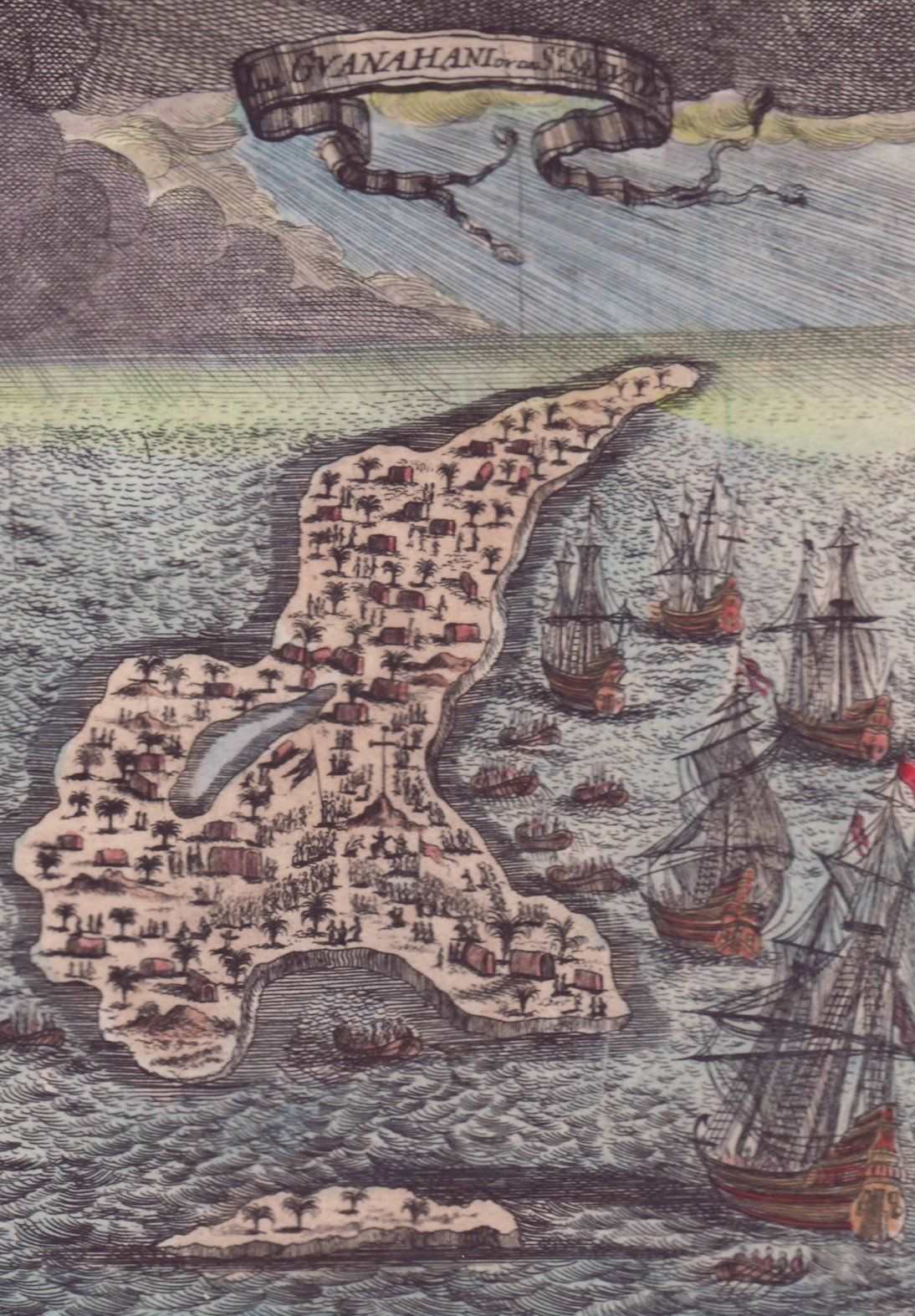|
Cat Island, Bahamas
Cat Island is located in central Bahamas, and is one of its districts. Cat Island also has the nation's highest point, Mount Alvernia (formerly known as Como Hill). It rises to and is topped by a monastery called ''The Hermitage''. This assembly of buildings was erected by the Franciscan "Brother Jerome" (John Hawes). History The first white settlers were Loyalists fleeing the American Revolution, who arrived in 1783. The island may have been named after Arthur Catt, a pirate, or the name may refer to its one-time large population of feral cats. Historically, the island gained wealth from cotton plantations, but slash and burn farming is now the main way of life for Cat Islanders. An economic crop is '' Croton eluteria'' (called also cascarilla) bark, which is gathered and shipped to Italy where it becomes a main ingredient in medicines, scents and Campari. Until written accounts were found, Cat Island was thought to be Guanahani or San Salvador, the first island Christoph ... [...More Info...] [...Related Items...] OR: [Wikipedia] [Google] [Baidu] |
Mount Alvernia
Mount Alvernia (formerly Como Hill) is located on Cat Island in the Bahamas and is the highest point in the country at above sea level. The mountain shares its name with a school in Montego Bay, Jamaica. Originally named "Como Hill", it was renamed Mount Alvernia after La Verna, the hill in Tuscany where St. Francis of Assisi received the Wounds of the Cross. Retrieved 24 September 2011 The mountain was given its name by a priest, |
The Bahamas Local Government Act Of 1996
The Bahamas Local Government Act of 1996 is a piece of legislation of the Bahamas. In 1996, the Bahamian Parliament passed "The Local Government Act" to facilitate the establishment of Family Island Administrators, Local Government Districts, Local District Councillors, and Local Town Committees for the various island communities. The overall goal of this act is to allow the various elected leaders to govern and oversee the affairs of their respective districts without the interference of Central Government. In total, there are 31 districts, with elections being held every three years. There are also one hundred and ten Councillors and two hundred and eighty-one Town Committee members to correspond with the various districts. Each Councillor or Town Committee member is responsible for the proper use of public funds for the maintenance and development of their district. See also *Districts of the Bahamas Local government in the Bahamas exists in two forms, namely second-schedul ... [...More Info...] [...Related Items...] OR: [Wikipedia] [Google] [Baidu] |
Guanahani
Guanahaní is an island in the Bahamas that was the first land in the New World sighted and visited by Christopher Columbus' first voyage, on 12 October 1492. It is a bean-shaped island that Columbus changed from its native Taíno name to San Salvador. Guanahaní has traditionally been identified with Watlings Island, which was officially renamed San Salvador Island in 1925 as a result, but modern scholars are divided on the accuracy of this identification and several alternative candidates in and around the southern Bahamas have been proposed as well. Primary sources Letter from Columbus himself Upon his return to Spain in the spring of 1493, Columbus wrote a letter to Luis de Santangel, one of his patrons at the Royal Court of Castile. The letter was printed widely and translated into many languages, spreading the news of the discovery throughout Europe. In the letter, Columbus mentions ''Guanahani'' as the name of the first island he discovered, but provides no other de ... [...More Info...] [...Related Items...] OR: [Wikipedia] [Google] [Baidu] |
